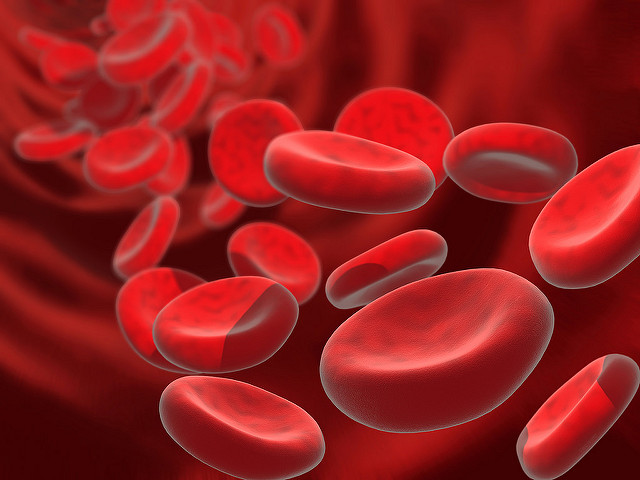By: Neena Bhandari
Send to a friend
The details you provide on this page will not be used to send unsolicited email, and will not be sold to a 3rd party. See privacy policy.
[SYDNEY] An inexpensive 3D model to grow cancer cells can be the key to finding effective and affordable treatments for ovarian cancer which kills 140,000 women annually worldwide.
Researchers at the Queensland University of Technology (QUT) in Brisbane, Australia, are using 3D models, whereby cancer cells are floated in a culture that is meant to replicate the ascites that accumulate in the abdomen of women with ovarian cancer.
“We believe that if we use models that better replicate what is happening in the cancer at the time when the woman has the disease, we will better understand how the cancer spreads and also how the various drugs work than if we just put cancer cells on plastic dishes in the laboratory,” says Judith Clements of the QUT's Institute of Health and Biomedical Innovation.
Her colleagues, Dietmar Hutmacher and Daniela Loessner, are using a tissue-engineered 3D model in which cancer cells are grown in a hydrogel.
Says Loessner: “The gel can be naturally derived from gelatine or seaweed and mixed with water. We then grow cancer cells taken from a patient in a controlled microenvironment and test various drug combinations. We are hoping this will help predict the best treatment for patients and save costs by eliminating unnecessary treatment that doesn’t work.”
By personalising treatment using drugs best suited for each patient, the models would be especially useful in developing countries where women are largely diagnosed at a very late stage when the cancer has spread to other vital organs in the abdomen.
The research team is also testing enzymes that cause chemotherapy resistance in cancer cells. Most women are given a combination of two forms of chemotherapy – taxane and platinum.
Clements says the team has identified that the KLK7 (kallikrein) enzyme causes resistance to taxane. Some women are also resistant to platinum-based drugs. Her colleague, Jonathan Harris, is making inhibitor-based drugs that can block the action of this enzyme.
“We have shown that if you give that drug at the same time as the chemotherapy, the chemotherapy now works because the drug has blocked the action of the enzyme,” says Clements.
The actual models will be completed within two years but finding drugs that are useful for patients could take five to ten years.
A spokesperson for the International Women's Development Agency based in Melbourne notes that innovations that can contribute to meeting women’s sexual and reproductive health needs, such as improved efficacy and cost effectiveness of ovarian cancer treatment, and are feasible in developing contexts, will be particularly useful in resource constrained settings.
This piece was produced by SciDev.Net’s South-East Asia & Pacific desk.














